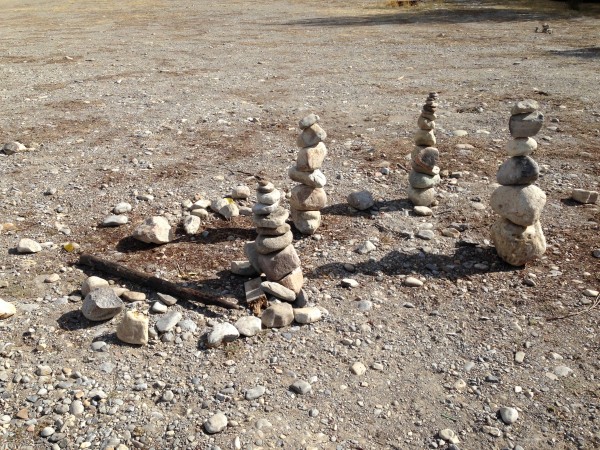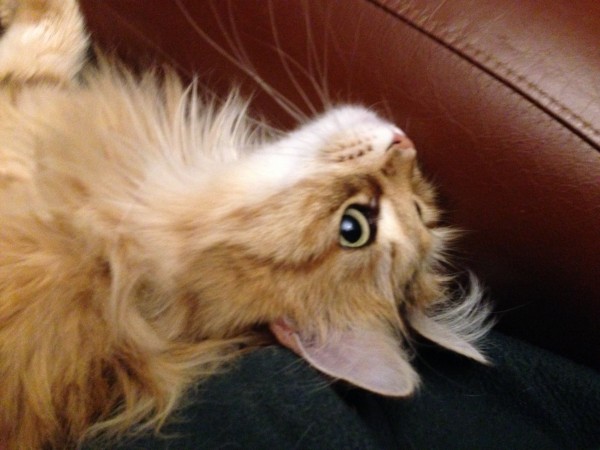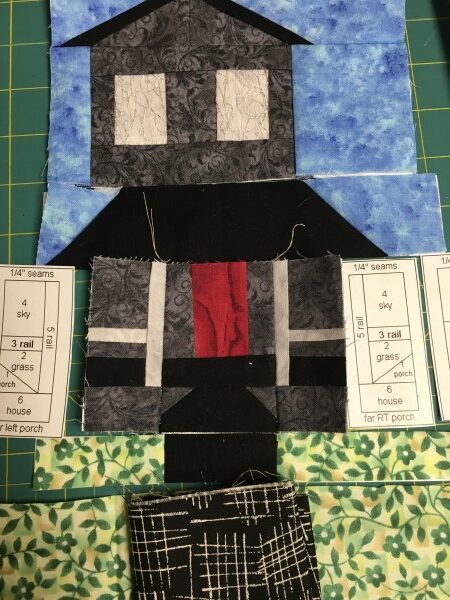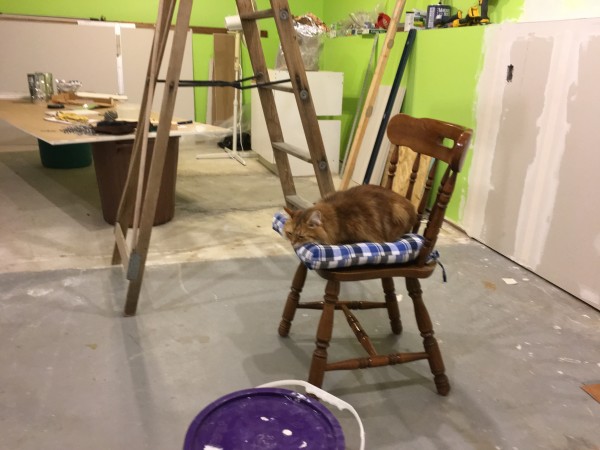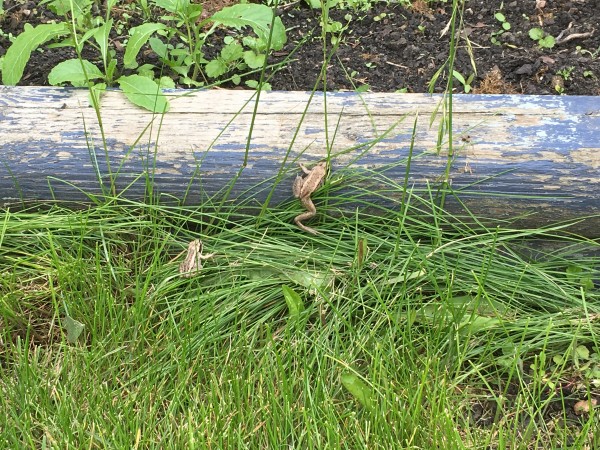I joined Jeff Goins 500 Words a Day challenge on Monday. The goal is to write 500 words a day for 31 days. Just writing, no editing. I only discovered this challenge a few days ago but it has been going on for several years already. When a good thing starts it’s hard to stop it!
I use Scrivener for writing novels, and there is a handy tool that tracks my writing progress each day. Yesterday it showed about 1,000 words written. I probably deleted that many too! Anyway, I can say I made progress and met the challenge of 500 words.
I’m not sure how this will play out, as my novel is in the second draft stage. A lot of my work is editing and rewriting. I can write 500 words every day even if it isn’t exactly according to the challenge. One thing that the challenge does is motivate me to work on the novel every day. I have not been doing that for the last year, even though I want to finish this story and move on to the next story in the series.
When I wrote the first draft of Live Cheap Dream Big, I was really focused on the 50,000 word count to meet the NaNoWriMo challenge. I did well with the first half of the story and then it went off at such a crazy tangent that I gave up in disgust. I did meet the NaNoWriMo challenge though!
This book sat in a corner for several years. When I dusted it off and reread it, I decided it still had potential. I spent a few days considering how I could salvage the initial story and eventually it landed in the corner again.
Elsie taps me on the shoulder every now and then asking if I’m ready to try again. Yesterday I was. I have the first two scenes edited. Yay! The first pass through the novel this time is to pull the story line together. Once I have that done I will go through it again to polish it. Then, hopefully, it will be ready for a professional editor to take a crack at it.
Excerpt From Live Cheap, Dream Big
This is a short excerpt from the novel. Post in the comments and let me know what you think. Be constructive and kind please!
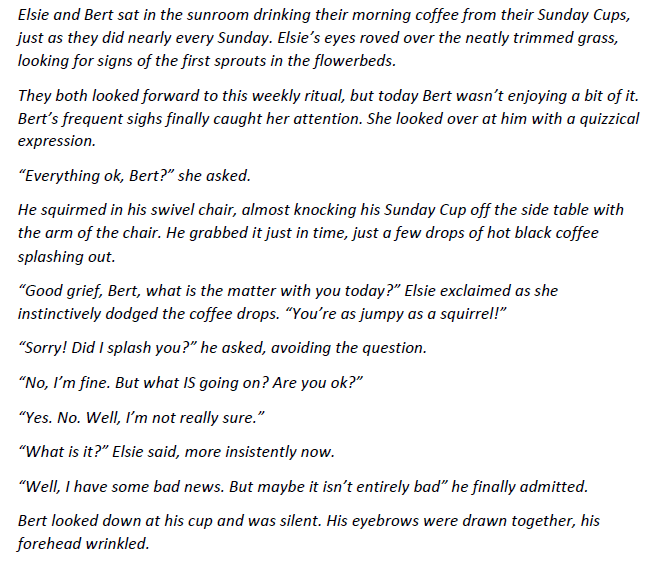
Scene Three
Today I move on to the third scene.
Scene three originated from a short story I wrote about an actual event. I added it to the novel about a year ago. It’s written in first person. Today I will rewrite it, so it becomes Elsie’s experience. I hope it will be as effective as it was originally.
I’m blogging about this novel partly to keep me motivated and not let my fears and doubts get in the way of finishing.
I also want to track my progress as I go, so I can repeat the process with the next novel in this series. Repetition makes learning new skills easier. Repetition also shows me where I can improve and maybe the next novel won’t take quite so long.
Finally, I’m blogging about the novel so that anyone following my progress will see that it doesn’t require perfection along the way to reach your dreams.
If you’re struggling to bring your creative dreams to life, pop over to my Facebook group. It’s an informal mastermind/accountability group for people who create.


